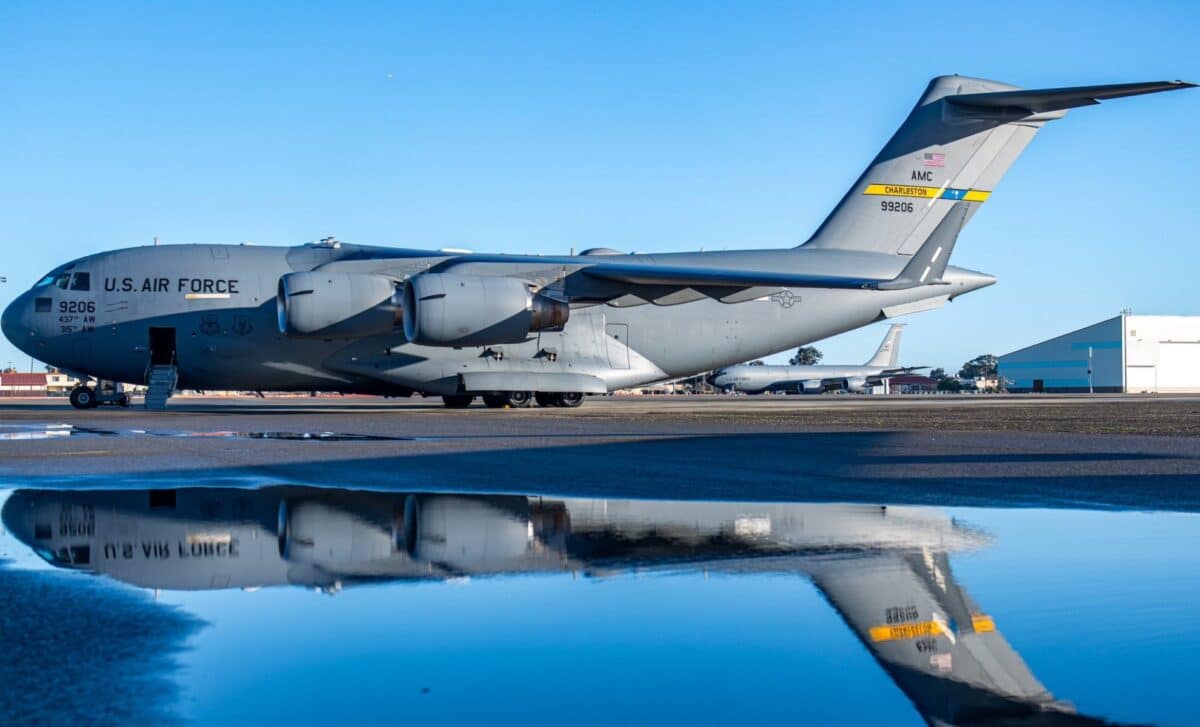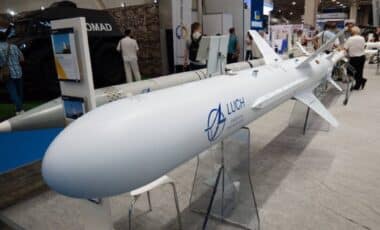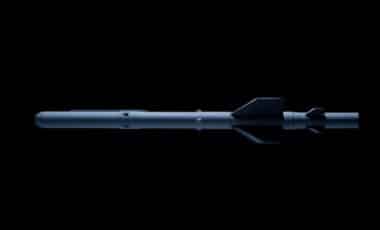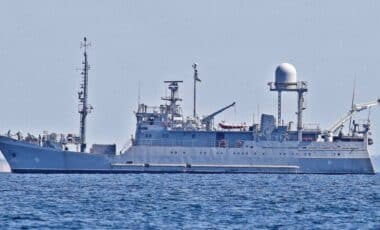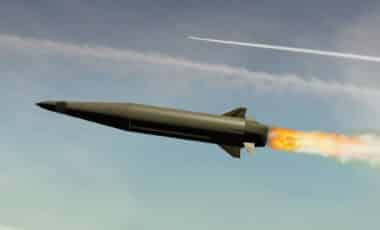The C-17 Globemaster III has become one of the most adaptable transport aircraft in U.S. Air Force history. With its ability to perform Short Takeoff and Landing (STOL) operations, it excels in delivering essential supplies, troops, and equipment to areas with limited access. From combat zones to humanitarian missions, its ability to operate from austere airfields in remote regions is unparalleled.
This aircraft’s remarkable versatility has proven vital in operations across the globe, making it an invaluable asset for the U.S. Air Force and allied nations. Its flexibility allows it to meet a variety of needs, from rapid troop deployment to disaster relief, ensuring it remains a key player in both military and peacekeeping missions.
U.S. Special Operations Drones Get Game-Changing Upgrade to Launch Secretive Attack Drones
C-17 Origins and Development
The C-17 Globemaster III traces its origins to the Cargo-Experimental (C-X) competition, launched in December 1979 by the U.S. Department of Defense. This competition sought to develop a new jet-powered strategic airlift aircraft capable of transporting large, heavy cargo, including military vehicles, and performing STOL operations. McDonnell Douglas’s earlier design, the YC-15, was adapted into the C-17, with a larger body and more powerful engines.
In 1981, McDonnell Douglas was selected to build the C-17, but delays and development issues led to the project stretching into the late 1980s. The first flight occurred on September 15, 1991, from McDonnell Douglas’s facility in Long Beach, California. Following extensive testing, the aircraft was declared operational in January 1995. However, early setbacks, such as wing structural issues in 1992, prompted redesigns and cost overruns.
By the mid-1990s, these issues were resolved, and the U.S. Air Force eventually ordered 224 C-17s. The aircraft’s global reach expanded when several countries, including Australia, Canada, India, and the United Kingdom, also adopted the C-17 for their airlift need, reports The Aviationist.
Impressive STOL Performance
The C-17’s STOL capabilities are among the most impressive in its class. In one of the aircraft’s most remarkable feats, a C-17 with a 44,000 lb payload took off in less than 1,400 feet, and later landed in the same short distance.
This performance is made possible by the use of powered lift or blown flaps, which direct engine exhaust below and through slotted flaps to produce additional lift. This allows the C-17 to perform slower and steeper approaches with heavy loads, significantly improving its ability to operate in tight spaces.
The C-17’s ability to take off and land on runways shorter than its typical requirement of 3,000 feet is crucial in mission-critical operations. The aircraft can also perform sharp maneuvers on the ground, utilizing a three-point star turn and backing capability that enables it to turn around in under 80 feet. These attributes, combined with the aircraft’s rugged landing gear, allow it to operate in environments where other heavy-lift aircraft would be unable to land or take off.
Versatile Cargo and Operations
The C-17 is designed for strategic airlift, but its capabilities extend far beyond that. The aircraft is capable of carrying a variety of heavy and oversized military cargo, including the M-1 Abrams main battle tank, Apache attack helicopters, and Bradley infantry fighting vehicles.
It can also carry over 100 troops or 48 patients for aeromedical evacuations. With a maximum payload capacity of 170,900 lb, the C-17 is capable of hauling an extensive range of military and humanitarian supplies.
In addition to its robust cargo capacity, the C-17 is equipped with four Pratt & Whitney F117-PW-100 turbofan engines, which allow it to reach speeds of up to 570 mph and operate at altitudes of up to 45,000 feet.
The aircraft’s advanced design features a reversible cargo floor and a large rear ramp that can be used for both loading and unloading cargo. The C-17 is also capable of in-flight refueling, which extends its operational range beyond its maximum of 4,700 nautical miles. This unique capability enables the C-17 to conduct long-range missions without the need to land for fuel, further enhancing its effectiveness in global operations.
-versatility.

